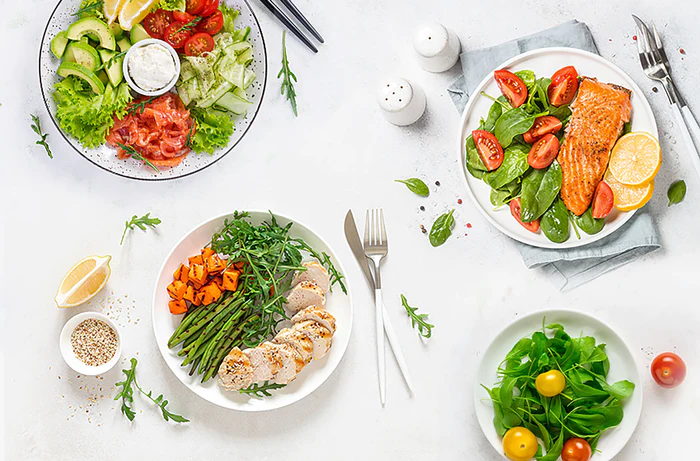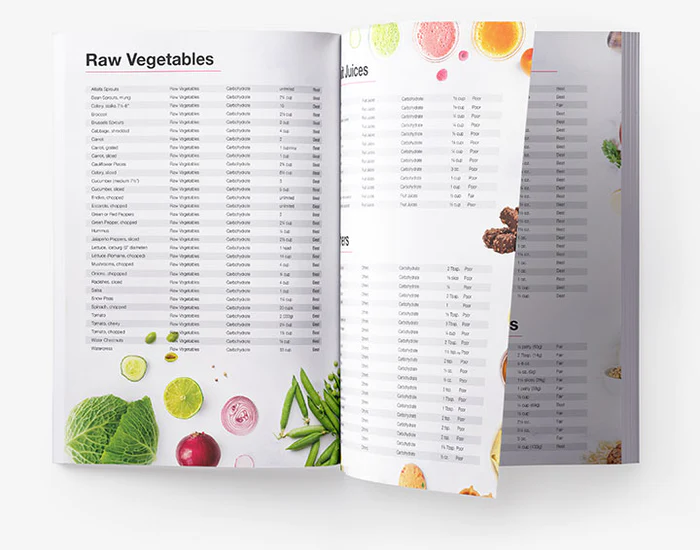Most of us are familiar with the advantages of lean body mass from a physical perspective; the more you have, the more fat you burn. It turns out that this topic is a bit more complex than burn fat faster. In this Q&A, Dr. Sears answers your questions about the science of lean body mass, how to gain it, and what makes you lose it.
Question: What is the difference between lean body mass and muscle mass?
Lean body mass is your total weight minus your total body fat. Lean body mass includes muscle, organs, bones, skin, and water. Although your muscle mass is the main part of the “lean body mass” component that can grow, the other components of lean body mass require incoming protein to maintain themselves too. This is because you are losing about one million damaged cells per second and must replace those removed damaged cells. Without adequate incoming protein, that cellular replacement process slows down.
Question: What are some possible reasons why you may be losing muscle?
Answer: It impossible to measure muscle mass directly because nearly 80 percent of muscle weight is composed of water. The best way to determine if your muscle mass is increasing or decreasing is your strength. If you are losing strength, you might be losing muscle mass for several reasons, but the primary one is not consuming enough protein to maintain your lean body mass. Emotional stress is another factor that can lead to muscle mass loss as it causes increased insulin resistance. This is because insulin is required to activate the building of muscle. Insulin resistance makes it difficult for insulin to activate the appropriate receptors to stimulate new muscle synthesis. Finally, you only build muscle by stressing it by exercise. This means you not only have to have adequate protein but also be doing resistant exercise to maintain and hopefully increase your existing muscle mass.
Question: What part of my lean body mass gets access to incoming dietary protein?
Your body’s primary concern is protecting your organs. Therefore, they get the first crack at incoming dietary protein. The goal for those trying to lose weight is to lose fat and maintain lean body mass. The classic way is to reduce calorie intake, but you must ensure that you take in adequate protein to preserve your lean body mass. This ensures that weight loss is primarily fat loss, not lean body mass. For example, the current generation of injectable weight loss drugs stops hunger, which often leads to decreased protein intake. As a result, nearly 40 percent of the weight loss using these injectable drugs comes from losing lean body mass.
(Read more about injectable weight loss drugs here.)
Question: How much protein do you recommend daily to maintain lean body mass?
Answer: The average person requires about 30 grams of protein at each meal to maintain lean body mass. This is about 90 grams of protein per day for most individuals. Very active individuals may need up to 40 grams of protein at each meal or about 120 grams of protein per day. The first 30 grams of dietary protein go for maintaining existing lean body mass. Any amount over that can be used to build new muscle, but only if the muscle is being stressed by exercise. Beyond 40 grams of protein at a meal, you start to develop insulin resistance, and there are no further benefits in building new muscle.
Question: What are your recommendations for individuals looking to gain weight healthfully or gain muscle mass?
Answer: The key is to have adequate, but not excessive, protein at each meal balanced with enough carbohydrates to maintain satiety between meals. That will be about 30 grams of protein and 40 grams of low-glycemic load carbohydrates consisting of primarily non-starchy vegetables and a dash of fat. That is about 400 calories per meal. This will allow you to maintain lean body mass without increasing stored body fat. To increase muscle mass, you need to increase your protein intake to no more than 40 grams of protein coupled with about 50 grams of low glycemic carbohydrates, plus exercise your muscles to stimulate their growth. The best exercise to induce muscle formation is high-intensity interval training (HIIT). The following best method is standard resistance training to fatigue.
Question: What foods would you recommend using for weight gain?
Answer: Getting adequate protein at dinner is usually no problem, but it is more difficult to do at breakfast and lunch. Once you get the desired protein amount (about 30 grams per meal), balance it with moderate amounts of low-glycemic carbohydrates (non-starchy vegetables being the best), followed by a dash of fat. That could be a vegetable omelet with eight egg whites in the morning, a lunch salad with four ounces of chicken breast with extra non-starchy vegetables, and six ounces of fish with more non-starchy vegetables at dinner.
Question: Is there a way to tell if you are gaining weight correctly?
Answer: Gaining new muscle requires effort, but it is worth it. You know when you taking in too many calories if your waist-to-height ratio exceeds 0.5.
Question: When should you see a healthcare provider about losing muscle? Are there any specific signs and symptoms to look for?
Answer: The underlying cause of loss of muscle mass is increased insulin resistance coupled with decreased physical activity. The primary consequence of loss of muscle mass is increased frailty. This is most frequently seen in older demographics. It is difficult to maintain muscle mass as one ages. Therefore, reducing insulin resistance, consuming adequate protein, and increasing physical activity are critical at every age.
Question: Why do we lose muscle mass as we age?
Answer: There are three reasons that muscle mass is lost with aging. Insulin resistance (i.e., metabolic inefficiency) is the primary one, as insulin is anabolic hormone that activates mTOR. If you have insulin resistance, the simulating effect of insulin is reduced. Another is the reduction of growth hormone secretion that causes production of IGF-1 that uses the same pathway for mTOR activation as insulin. The third is decreased stress on the muscle that is needed to work in combination with mTOR for skeletal muscle synthesis. Finally, it becomes increasingly difficult to consume adequate protein with age to provide the necessary building blocks (e.g. the amino acid leucine) which is a direct stimulator of mTOR. I spoke about many of these concepts in The Anti-Aging Zone published in 1999.
Have more questions for Dr. Sears? Let us know in the comments below!






Let Us Know What You Thought about this Post.
Put your Comment Below.